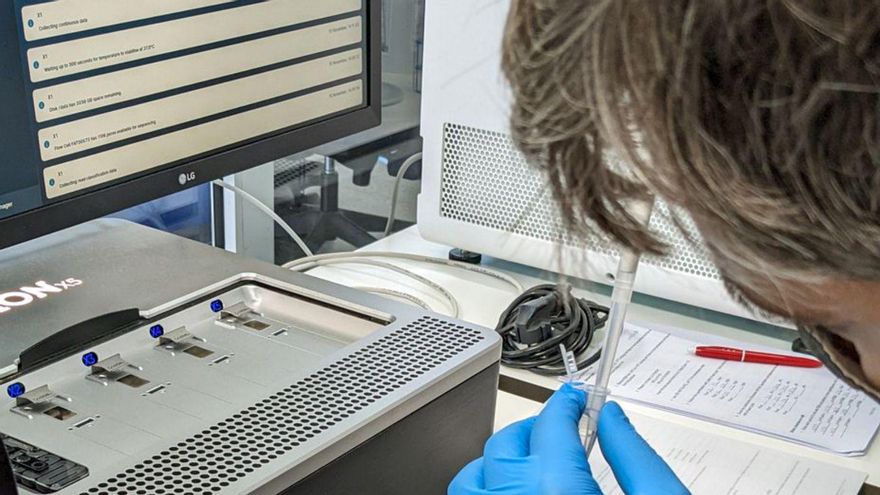
A study led by researchers from the Genomics Area of the Technological and Renewable Energy Institute (ITER), dependent on the Cabildo, explains the origins and genetic mix of the current Canarian population through mitochondrial DNA. The research, recently published in the scientific journal iScience, has made it possible to reveal both the persistence of the aboriginal heritage and the influences of Europe and Africa among the current inhabitants. The North African influence throughout the archipelago stands out, as well as the Portuguese and Galician ones.
The works were developed together with the Nuestra Señora de Candelaria University Hospital (hunsc), the Canary Islands Foundation Health Research Institute of Canary Islands (Fiisc), and Vicente Cabrera, retired professor from the University of the Lagoon (ULL).
The research was funded by the Ministry of Science and Innovation of the Government of Spain, the CajaCanarias Foundation, laCaixa and the Cabildo. Its objective was the analysis of the impact of the colonization process of the Canary Islands on the current genetic composition of its inhabitants through an unprecedented genetic approach. The study points to two important events: the population collapse of the aborigines and the arrival of settlers from other continental regions of Europe and Africa.
To delve deeper into the imprint of the historical process, the researchers analyzed the mitochondrial genome of 896 unrelated canaries using massive DNA sequencing in the Genomics Area of ITER.
The results of this research show the existence of continuity of the aboriginal maternal contributions and their persistence in the genetics of the current population of the islands until reaching an average value greater than 50%, a percentage higher than that inferred in previous studies. In addition, the analyzes support a first arrival on the islands of the aborigines at the beginning of the first millennium AD.
As a whole, the study coordinated by Dr. Carlos Flores, scientific manager of the Genomics Area and principal investigator of FIISC-HUNSC, provides the widest and most complete characterization of the genetic variation of the population of the Canary Islands carried out to date since the perspective of maternal inheritance provided by the study of mitochondrial DNA.
“A highly relevant study”
The researcher and main author of the study is Dr. Víctor García Olivares, who works in the molecular biology laboratory using next-generation massive sequencing as a tool. He values: “This study allows us to reveal, for the first time, the main continental genetic influences on the population of the islands.” He highlights “the Portuguese and Galician influences in the population genetics of the entire archipelago, except in Lanzarote, where the North African influence prevails.” On the other hand, it also highlights the important Atlantic influence in the populations of the islands of El Hierro and La Palma, the high prevalence of lineages more typical of sub-Saharan Africa in that of Gran Canaria and the existence of infrequent maternal lineages that attest to the connections history of the islands with the populations of the American continent. | JDM















